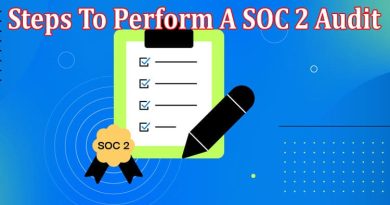How to Measure the Effectiveness of Call Center Outsourcing
In the realm of customer support, call center outsourcing has emerged as a favored option among businesses aiming to optimize cost-efficiency and effectiveness. Nevertheless, gauging the true impact of CC outsourcing requires a meticulous evaluation encompassing key metrics and strategic considerations. This article will delve into the critical variables to be taken into account and offer practical guidance on measuring the efficacy of CC outsourcing solutions.
Customer Satisfaction Metrics:
One of the primary indicators of call center outsourcing effectiveness is customer satisfaction. Several metrics can be used to gauge customer satisfaction, such as:
Net Promoter Score (NPS): NPS measures customer loyalty and advocacy. By surveying customers and asking them to rate their likelihood of recommending the service, you can assess the overall satisfaction level.
Customer Effort Score (CES): CES determines the ease of customer interactions. It measures how much effort customers need to put into resolving their issues. Lower scores indicate a higher level of customer satisfaction.
Customer Satisfaction Score (CSAT): CSAT is a direct measure of customer satisfaction. By using post-interaction surveys, you can collect feedback and calculate a satisfaction score.
First Contact Resolution (FCR):
The metric of First Contact Resolution (FCR) quantifies the proportion of customer queries or concerns that are successfully resolved during the initial interaction, without necessitating subsequent follow-ups. A notable FCR percentage reflects proficient issue resolution and contributes to an enhanced customer experience. Through the monitoring and assessment of FCR, businesses can identify specific areas that require enhancements to optimize the effectiveness of call center outsourcing.
Average Handling Time (AHT):
Average Handling Time (AHT) gauges the mean duration that a call center agent spends addressing a customer interaction, encompassing the period from call initiation to its resolution. A reduced AHT signifies swift and effective delivery of service, thereby enhancing the overall level of customer satisfaction. Vigilantly monitoring the AHT aids in evaluating the efficacy of CC outsourcing by identifying potential bottlenecks and pinpointing areas that can be optimized for improvement.
Service Level Agreement (SLA) Compliance:
SLA compliance evaluates how well the call center outsourcing provider adheres to the agreed-upon service level agreements. Key metrics include:
Average Speed of Answer (ASA): ASA measures the average time it takes for a call to be answered. Monitoring ASA ensures that customer wait times are within acceptable limits.
Abandonment Rate: This metric tracks the percentage of callers who hang up before reaching an agent. A high abandonment rate indicates potential issues with call center outsourcing effectiveness.
Cost Metrics:
While customer satisfaction and service metrics are crucial, cost metrics play a significant role in evaluating the effectiveness of CC outsourcing. Consider the following:
Cost per Call (CPC): CPC measures the average cost incurred for handling each customer call. Comparing the CPC with in-house call center costs can determine cost-effectiveness.
Return on Investment (ROI): ROI calculates the financial benefits derived from outsourcing compared to the associated costs. It provides a holistic view of the outsourcing effectiveness.
Measuring the effectiveness of call center outsourcing requires a comprehensive approach that encompasses customer satisfaction metrics, operational efficiency indicators, SLA compliance, and cost metrics. By utilizing key performance indicators such as NPS, FCR, AHT, SLA compliance, CPC, and ROI, businesses can assess the success of call center outsourcing initiatives. Regular monitoring and analysis of these metrics will help identify areas for improvement and ensure a seamless and satisfactory customer experience, ultimately contributing to the overall success of the outsourcing partnership.




